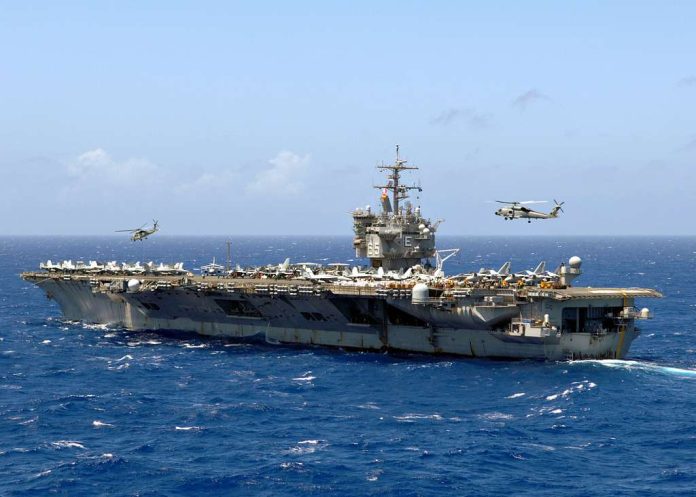
In a historic first, the U.S. Navy is navigating the intricate and unprecedented process of dismantling and scrapping a behemoth of American naval engineering—the decommissioned USS Enterprise (CVN-65), the first nuclear-powered aircraft carrier. After more than a decade since the ship’s deactivation in 2012 and decommissioning in 2017, the Navy has charted a course towards its final dismantlement, a task that promises to be as complex as the vessel’s storied past.

1. A Revolutionary Beginning in Naval History
The USS Enterprise was a technological marvel of naval engineering, commissioned to active service for the first time in 1961. The vessel not only revolutionized naval war efforts for the next 51 years but also earned the record as the longest-serving aircraft carrier in U.S. Navy history. It was a mythic presence in more than one war, from the Cuban Missile Crisis and the Vietnam War to the Afghan and Iraq wars. Nowadays, it is undergoing a process of dismantling that will commence in 2025 and last up to 2029—following the decommissioning schedules of its successors in the nuclear-powered carrier lineage, like the USS Nimitz (CVN-68).

2. The Size of the Nuclear Challenge
The scope of this disposal project is historic. With eight nuclear reactors, the Enterprise poses unusual challenges beyond those in decommissioning smaller nuclear-powered vessels such as submarines, on which the Navy has more experience disposing. Complexity is introduced to the mix due to the carrier’s size and the need to see that environmental and safety regulations strictly adhered to throughout the process of disposal.
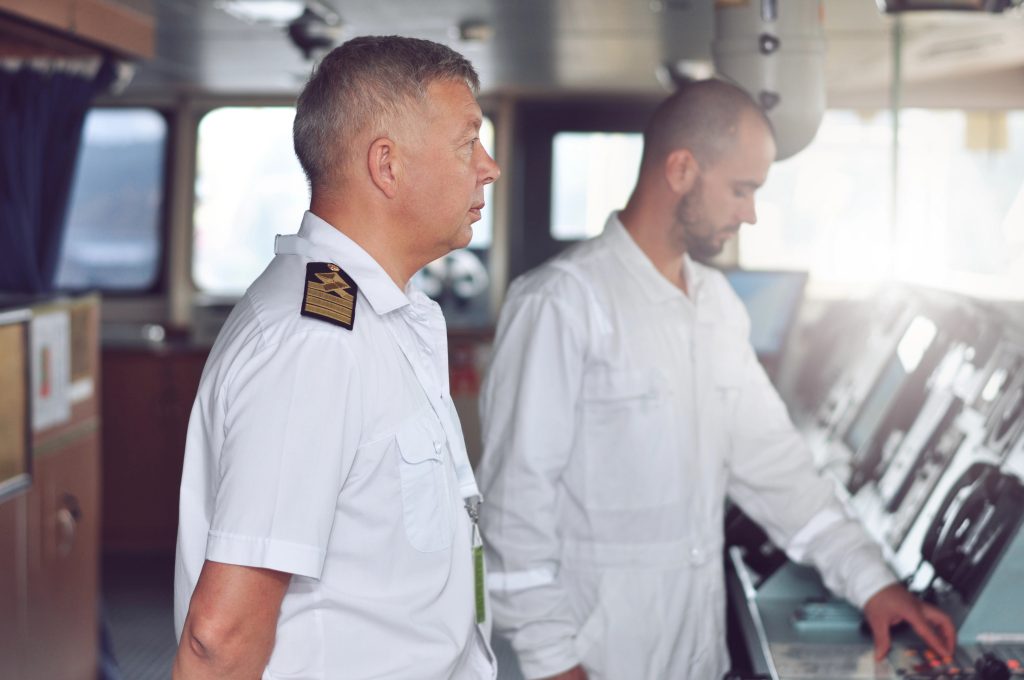
3. Taking on Commercial Partnerships
In order to address these challenges, the Navy has taken a novel approach: engaging commercial industry to accomplish a task traditionally mastered in-house.
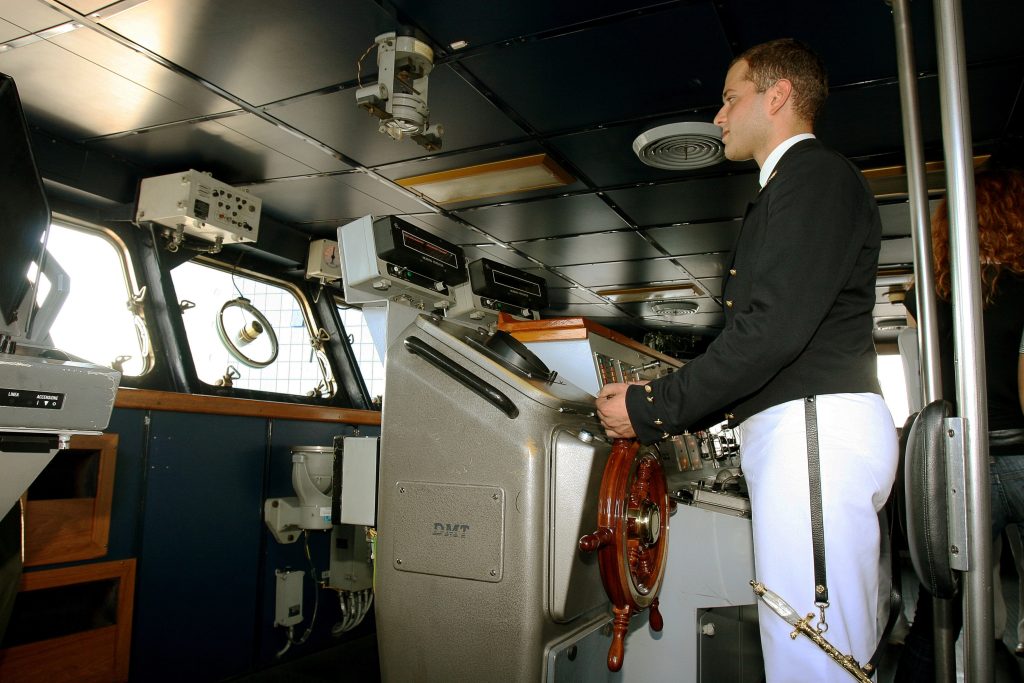
This option is informed by the Navy’s past experience with nuclear propulsion programs and the modern capability of private companies with experience in shutting down nuclear power plants. The proposed plan for the service includes towing the Enterprise to a commercial storage facility where defueled reactors will be disassembled and packaged with care before being shipped to sites of long-term storage.
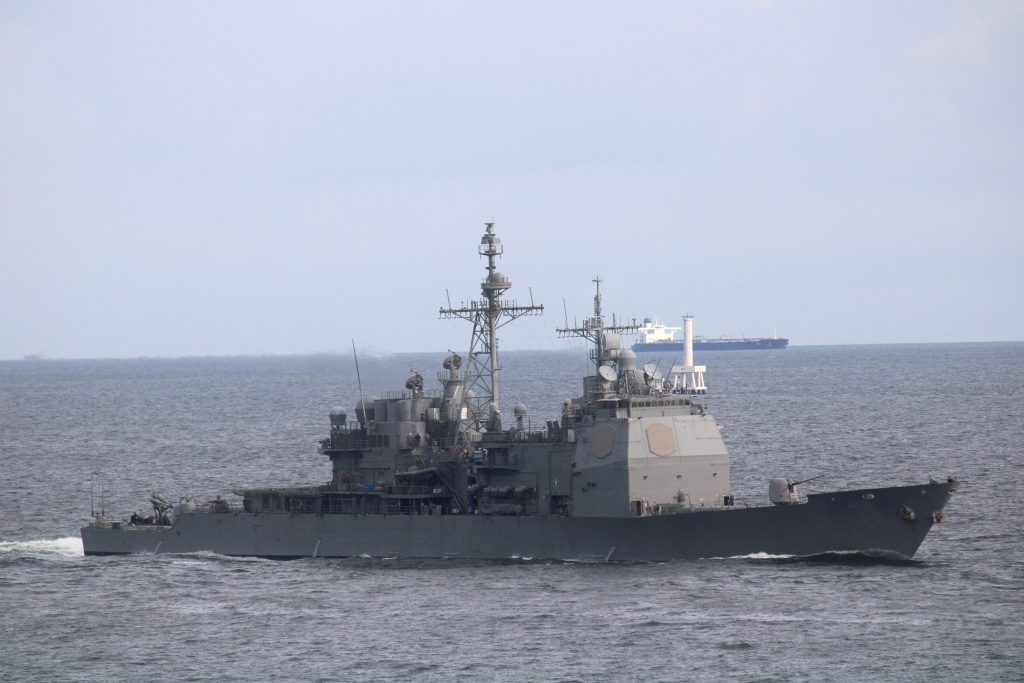
4. Cost Savings and Efficiency Gains
The cost of using commercial industry to scrap the USS Enterprise is estimated at $554 to $696 million, a savings that strongly surpasses the $1.1 to $1.4 billion and drawn out 15-year process that would be incurred if the ship were to be finished in public shipyards. Undertaking the process in a commercial dismantling facility, the Navy not only expects saving but the process taking the form of a shorter five years.
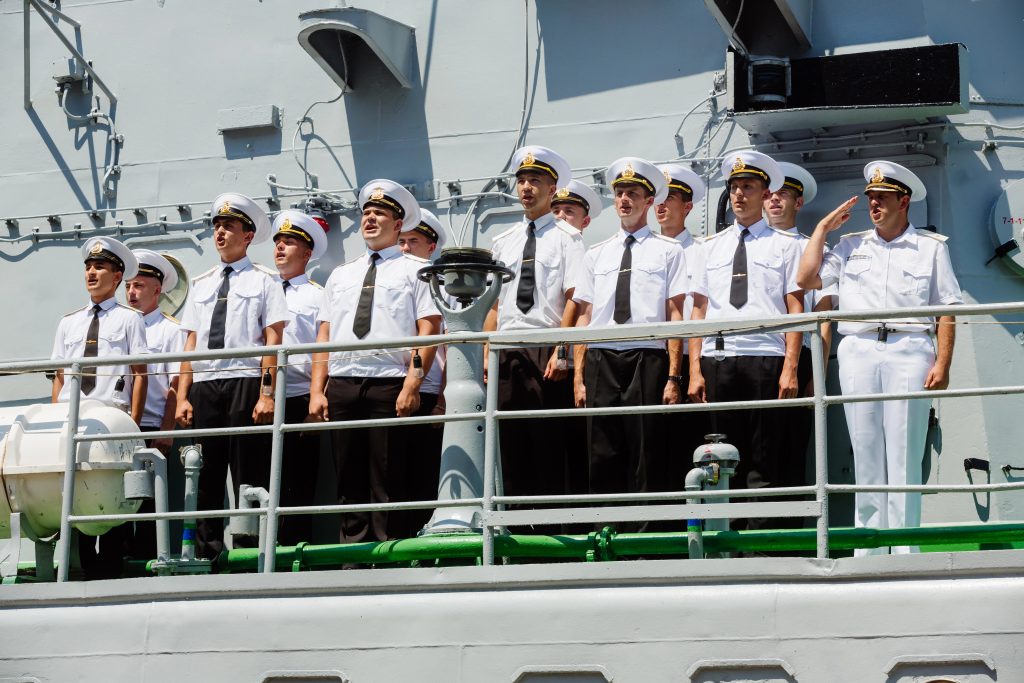
5. Strategic Redeployment of Naval Resources
This decision is not without its strategic advantages. By leveraging industry expertise, the Navy can prioritize its limited shipyard resources on active fleet maintenance and other high-priority tasks. It’s a paradigm shift that signals a departure from the Navy’s historic self-reliance in the realm of nuclear vessel disposal. The move is expected to “reduce the Navy inactive ship inventory, eliminate costs associated with maintaining the ship in a safe stowage condition, and dispose of legacy radiological and hazardous wastes in an environmentally responsible manner,” according to Navy spokesman Alan Baribeau.

6. Setting Precedents for Future Carriers

The repercussions of this decision are expected to set precedents for how nuclear-powered carriers will be disposed of going forward, especially as more vessels like the USS Eisenhower (CVN-69) near their own retirement. Each step taken with the Enterprise will inform the Navy’s approach to subsequent carriers, ensuring that lessons learned are applied to refine the process.
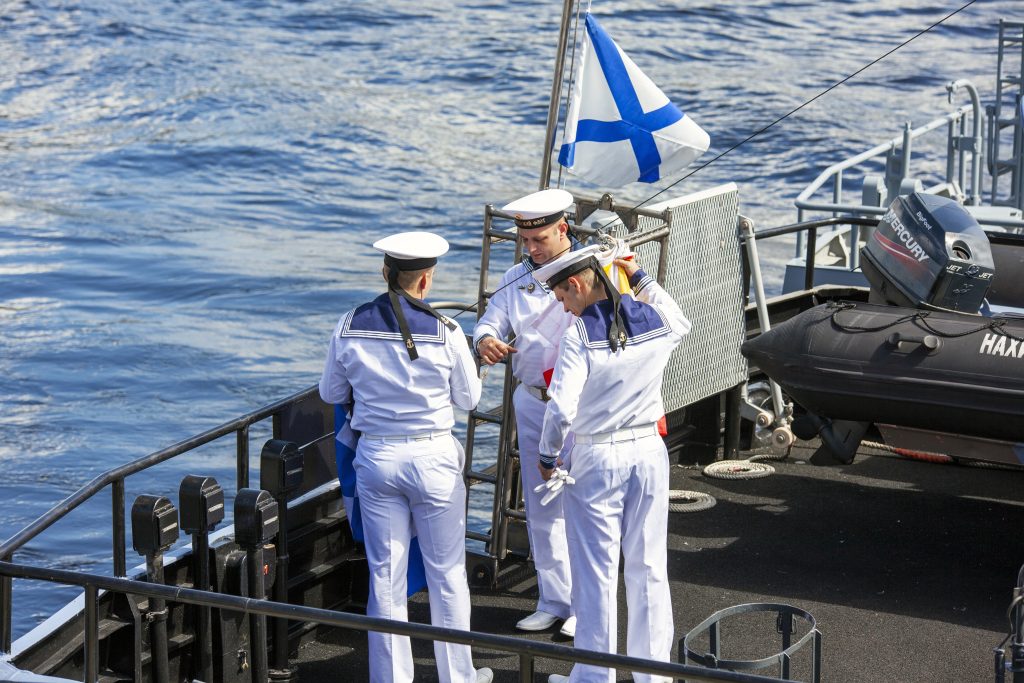
7. Preserving Legacy While Managing Risks
While the dismantling project represents a logistical and technical challenge, it also carries symbolic weight. The USS Enterprise remains an icon of U.S. naval history, and parts of the ship are expected to be preserved in museums and memorials. Balancing respect for its legacy with the need for safe nuclear disposal ensures that the Enterprise’s story will endure even as its steel is recycled and its reactors are permanently retired.
